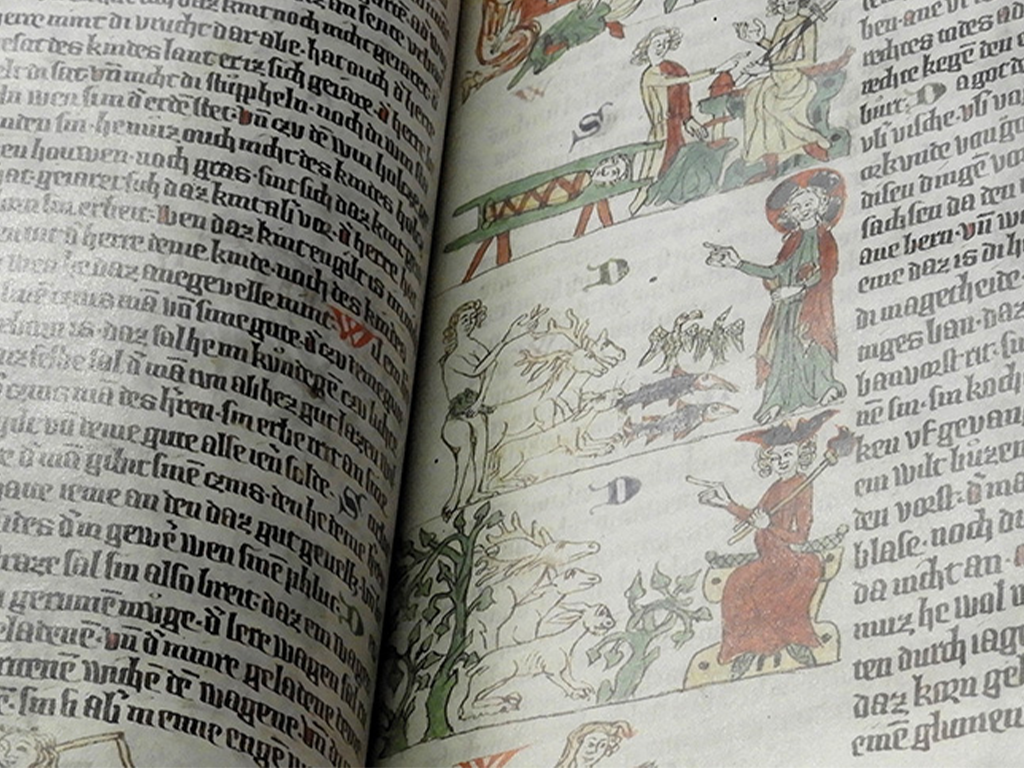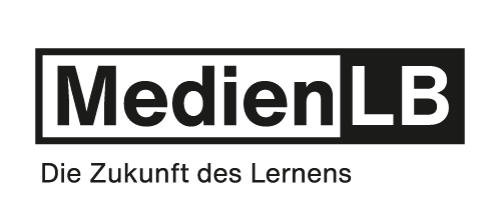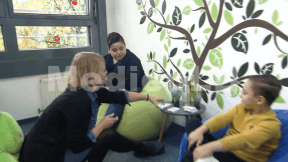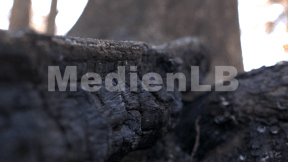 German
German


46505045 / 55504925
Lied der Nibelungen
Entstehung, Handlung, Personen
Die Nibelungensaga ist eines der wirkungsmächtigsten Werke der deutschen Literatur. Das Epos um den Schatz der Nibelungen, Macht, Liebe, Tod und Rache entstand im 12. Jahrhundert. Der unbekannte Verfasser erzählt in mittelhochdeutscher Sprache und in 39 Aventiuren die Geschichte von Siegfried, Kriemhild, Gunther, Brünhild und Hagen und dem Untergang der Burgunden. Auch gibt der Film eindrücklich Hinweis auf die Entstehung der Texte und wie diese in der damaligen Zeit niedergeschrieben wurden. Er verweist auf die Existenz der unterschiedlichen Abschriften der Saga und wo sie heute zu finden sind. Auch nimmt er die Schüler:innen mit auf die Reise entlang der Schauplätze an der Donau.
Interaktive Aufgaben, Testfragen und Glossar wurden mit H5P erstellt und können ohne weitere Software verwendet werden.
Play trailer


Curriculum-centred and oriented towards educational standards
Matching
Gedenk- und Feiertage
Feiertage gibt es in allen Kulturen. Es sind Festtage mit entweder gesellschaftlichem, religiösem oder politischen Hintergrund. Diese Feiertage finden jährlich an einem festgelegten Tag statt. In Deutschland gibt es Feiertage, an denen flächendeckend nicht gearbeitet wird. Hierbei handelt es sich um gesetzliche Feiertage. Bei anderen Feiertagen, meist mit religiösem Hintergrund, entscheiden die Bundesländer individuell, ob es sich um einen tatsächlich arbeitsfreien Tag handelt. Im Film beschrieben werden nicht nur Feiertage in Deutschland, sondern auch z.B. islamische Feiertage, oder der Christopher Street Day als politisches Statement.
Häusliche Gewalt
Häusliche Gewalt ist ein verborgenes Problem mit einer erschreckend hohen Dunkelziffer.









